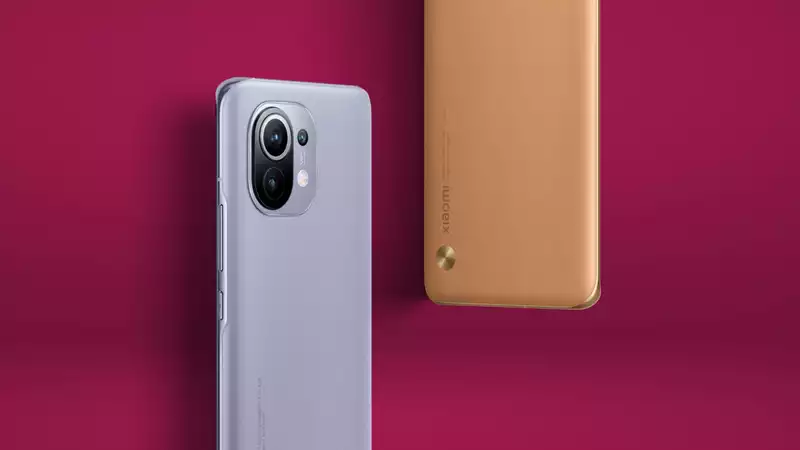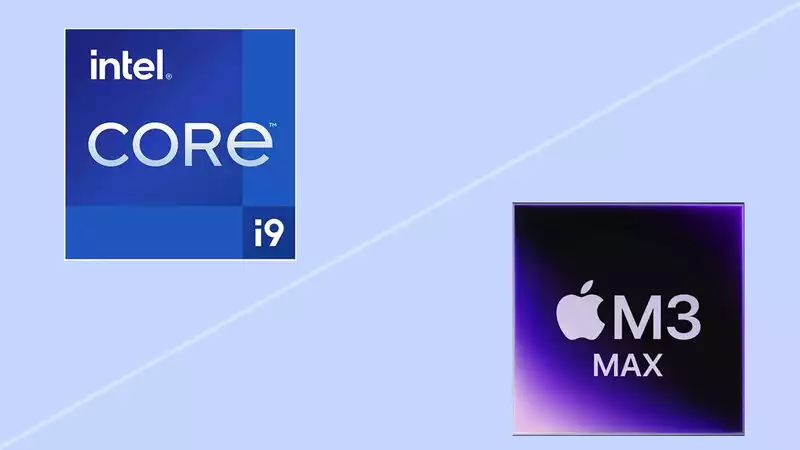The first phone powered by Qualcomm's Snapdragon 888 chip has arrived, and Xiaomi has given us an early glimpse of what to expect from high-end smartphones in 2021 with the launch of its latest flagship, the Xiaomi Mi 11.
The Xiaomi Mi 11 will initially only be available in China, but once it lands it will pose a formidable challenge to Samsung's new Galaxy S21 and best smartphones.
We already knew that the Xiaomi Mi 11 would be the first phone to feature Qualcomm's latest chipset Snapdragon. But the chip will be found in other top phones in 2021, including the Galaxy S21. No one has confirmed it yet, but Samsung typically uses Qualcomm's top chips in Galaxy S models released in the US, and the Galaxy S21 appears to be no exception.
But there is more to the Xiaomi Mi 11 than its chipset that is worth noting: the Mi 11 will feature a 6.81-inch AMOLED display with a resolution of 1440p and a refresh rate of 120Hz. This refresh rate is the same as what Samsung currently offers on its top smartphones, and probably the same for the Galaxy S21. However, rumors suggest that the 6.2-inch Galaxy S21 and 6.7-inch Galaxy S21 Plus both offer FHD+ resolution, which could give Xiaomi's phone the edge.
The Xiaomi Mi 11 also features an in-screen fingerprint reader, which is expected from recent Android flagships. However, this one pulls off a pretty cool trick. The sensor can also read heart rate; we've seen IR sensors on the back of phones before, but this is the first time we've seen a heart rate sensor built into the display itself.
The Xiaomi Mi 11 is also a slimmer and thinner device than its predecessor. In fact, at 8.06 mm, it is nearly a millimeter thinner, but the Mi 11 is taller to accommodate a larger screen. If Samsung adopts the rumored "blade bezel" design in the Galaxy S21, which minimizes bezels with thin, flat edges, it could go in this direction.
The Mi 11's camera array has been completely redesigned from previous Xiaomi flagships. It features a sleek vertical arrangement with rounded square elements and three camera modules inside. At the launch event in China, Xiaomi did not elaborate much on what to expect from the cameras, other than the fact that the main module is 108MP, the same as the one on the Mi 10. The rest of the rear camera consists of a 13MP ultra-wide-angle camera and a 5MP telephoto lens. It also has a 2x optical zoom.
The Mi 11 seems likely to challenge the camera array of Samsung's high-end Galaxy S21 Ultra model, which has a 108MP main sensor. However, it is possible that Samsung's phone will feature two telephoto lenses. According to the latest leaked Galaxy S21 specs, the Galaxy S21 and Galaxy S21 Plus are expected to have a 12MP main camera and a telephoto lens with 3x optical zoom.
Finally, the Mi 11 will feature a large 4,600mAh battery and support 55W charging and 50W wireless charging. In contrast, the Galaxy S21 will feature a 4,000mAh battery, while the S21 Plus and S21 Ultra are said to have 4,800mAh and 5,000mAh power packs, respectively.
The Xiaomi phones will ship without a charger, following a trend Apple first started with the iPhone 12 this fall. The Galaxy S21 will reportedly follow suit when it arrives without a charger a month later. Xiaomi CEO Lei Jun said that environmental concerns were behind the decision, the same reason as Apple's. Xiaomi's about-face comes just one month after it posted a message on its social media accounts ridiculing Apple for doing the same thing.
The Xiaomi Mi 11 is priced at 3,999 yuan, equivalent to about $612 at current conversion rates. Quite a contrast for Xiaomi's latest model, with top Android flagships generally flashing $1,000 price tags.
.









Comments